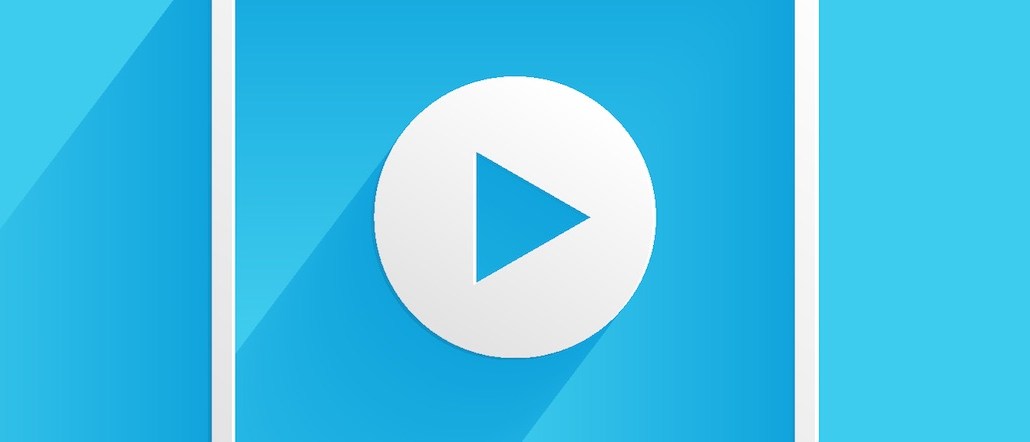
Facebook has normalized autoplay video, and many publishers have happily followed suit. But for NBC News, which had autoplay video before Facebook, the annoyance of autoplay video for users wasn’t worth the goose in views.
The broadcaster turned off autoplay late last year after running autoplay video for 18 months. Video starts, which were at 100 million per month, promptly fell around 45 percent. Since then, NBC News has climbed back, hitting 97 million in September and 110 million in October. (Figures are across NBC News, MSNBC and Today and are from internal analytics.) ComScore said the group had 177 million desktop video views in September, up 12 percent from a year ago.
NBC News didn’t immediately have data on average viewing time, but said that after turning off autoplay, viewers watched more because they were more committed to what they were watching.
“It’s never fun to watch your numbers drop by that amount overnight,” said Nick Ascheim, svp of digital at NBC News. “But we knew it was going to happen. It was in some ways welcome because we were trying to get a sense of what people were consuming.”
One thing that became clear was that people really wanted to see best-of video recaps of the first presidential debate. So NBC News made it a priority to turn those recaps around fast for the second and third debates. Given the increase in video views this past year was fueled by the election season, NBC News expects to see a dropoff in views after Nov. 8, but now it at least has better data to inform its video strategy.
“What we wanted to get away from was an experience like this: If there’s a big news event that lends itself better to text than to video, you say, ‘I’m going to shove a piece of video in that story so it will automatically play,’” Ascheim said. “And then you walk away and think it plays really well.”
NBC News’ move makes it an outlier among its peers. ABC News, CBC News, Fox News and CNN all autoplay videos on their sites. Consumers find it invasive, which makes advertisers question the value of views that are shoved in people’s faces. But publishers and social platforms including Facebook and LinkedIn have embraced autoplay, which is an easy way to goose their video views and reel in the big ad dollars they can charge for video.
There’s evidence that people don’t share media companies’ love affair with video. A Reuters Institute report found most people prefer to get their news in text form. A Pew Research Center survey found that 42 percent of people age 18-29 prefer to get their news by reading, versus 29 percent of those aged 50-64.
Some media companies are backing off autoplay. Snapchat announced in October that it would stop playing Snap Stories in succession. Pandora expressed a desire to move away from autoplay. Yet LinkedIn recently made it the default in its feed.
Ascheim said the comeback in views shows that the audience prefers it. As for advertisers, he said, they’re “absolutely happy about it, and it’s showed up in the revenue numbers. They too want to make sure people are consuming what they think they’re consuming.”
More in Media

A timeline of the major deals between publishers and AI tech companies in 2025
Here’s a list of all the major deals signed between publishers and AI tech companies in 2025.

No playbook, just pressure: Publishers eye the rise of agentic browsers
For the bulk of publishers, Google is, as ever, the one to watch. It’s already got agentic features within its Chrome browser, but that’s the tip of the iceberg, some say.

The biggest SEO lessons in 2025 for publishers
KPIs are changing, more AI search data is becoming available, and publishers are looking beyond search to grow their audiences and revenue.





